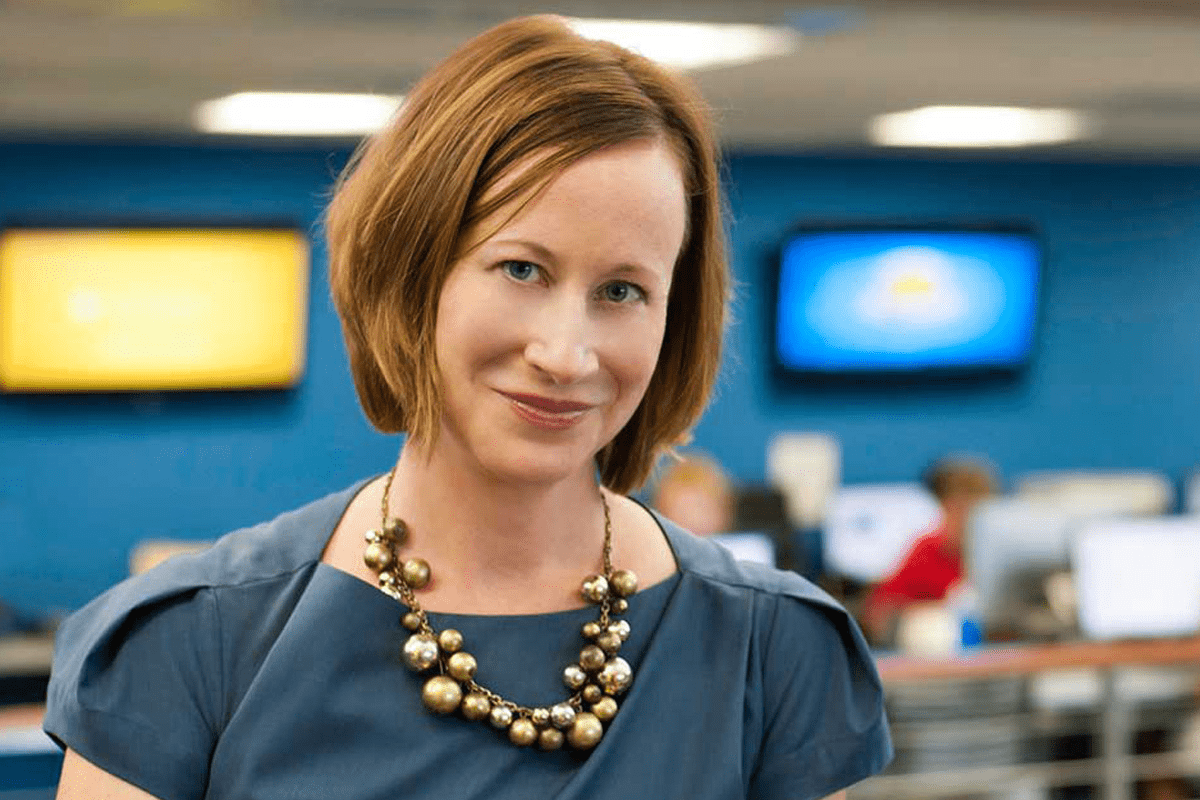The Frank Karel Chair in Public Interest Communications

In September, in my blog post about the creation of the Frank Karel Chair in Public Interest Communications at the University of Florida, I wrote that Frank was “a giant in our world.” He created the field of nonprofit communications, laying the foundation for the work we do here at Burness.
Last month, I had the great pleasure of speaking at an event to announce the creation of the new Chair and its first recipient, Ann Christiano, who will train UF students to wield the tools of savvy public relations in the public interest. I took the occasion to reflect on Frank’s own vision for the Chair, and I wanted to share some of those reflections here as well:
“It’s not that working at a bank or writing ad copy for corporations are bad things to do. They’re not, and Frank had no judgment on that. But he had an affirmative judgment about applying one’s talents to improve our lot in life—to make the world a better place—and he was living proof that public interest communications could play a central role in making that happen.
I can say confidently that Frank wanted at least four things from the Chair and the University in support of the Chair. He set a high bar, but who would have expected any less from him?
First, the Chair would be a superb, first-rate, engaged teacher. She would inspire students to want to know more, to be curious about a world perhaps little known to them, and she would be memorable for her impact. There would be great demand for her classes, and she would struggle with problems associated with over-enrollment.
Second, the Chair would be a resource within the College of Journalism and Public Relations. She would not only teach her courses, but would help foster a faculty environment where doing good would be increasingly ingrained in other professors’ ways of thinking and teaching. So, department faculty would seek her out for a different perspective, and the principle of “the public interest”—however defined—would seep into faculty discussions, course offerings, and generally, into the cross-department culture.
Third, the Chair would be a resource for the University. She would take the message of communications for social change to schools and departments of medicine, public policy, business, agriculture, public health, education, and law. She would, over time, prevail on some faculty to see the link between the technical practice of these professions and the power of communications to actually educate and empower the public. In a perfect world, medical students would learn how to be effective advocates for population health, not just care providers for individuals. Biology students would learn how to apply their scientific know-how to advocacy for a cleaner and greener environment. And law students would know that litigation can be used to ensure fair employment practices, not solely whatever they learned through a Contracts course. Of course, these options exist today—at Florida and at other universities. But the advocacy component is not front-and-center, and I know that Frank was hoping that this university, through this Chair and others from various disciplines, would expand its footprint in that direction.
And, fourth, Frank’s vision was that this faculty position in public interest communications—the only one in the nation—would grow wings, so that other colleges and universities would see the value of the field and invest in it. How cool would it be if there were explicit offerings in public interest communications in academic departments—departments that now define their fields primarily as training grounds for future employment limited to the private sector?
Here’s what Frank knew—even if he didn’t have the data. In 2009, more than 3 million college students dedicated more than 307 million hours of service to communities across the country. And, last year, the nation saw its greatest spike ever in volunteering—whether in this country or in service learning projects abroad. We, who are positioned to influence the education of the next generation, should be listening.
Young people want to help. They care about people with cholera, malaria and AIDS. They care about literacy. They care about homelessness. They care about hunger. They care about the environment. So, this Chair is a big deal—and Frank knew that. He wanted college kids to follow their passions into adulthood. And he wanted his alma mater to be the pioneer, at the cutting edge. He would be so, so glad that his vision is on the road to being realized, both in the person of Ann Christiano, but also through the obvious support of the School and this great University.
He would want future generations of Gators to be emboldened with new skills, to have an expanded world view, and a commitment to make a difference in the lives of others. He would want tomorrow’s professionals—today’s college students—to simply do what they love and what’s meaningful to them—and to know that improving people’s lives and earning a living can absolutely be compatible.”